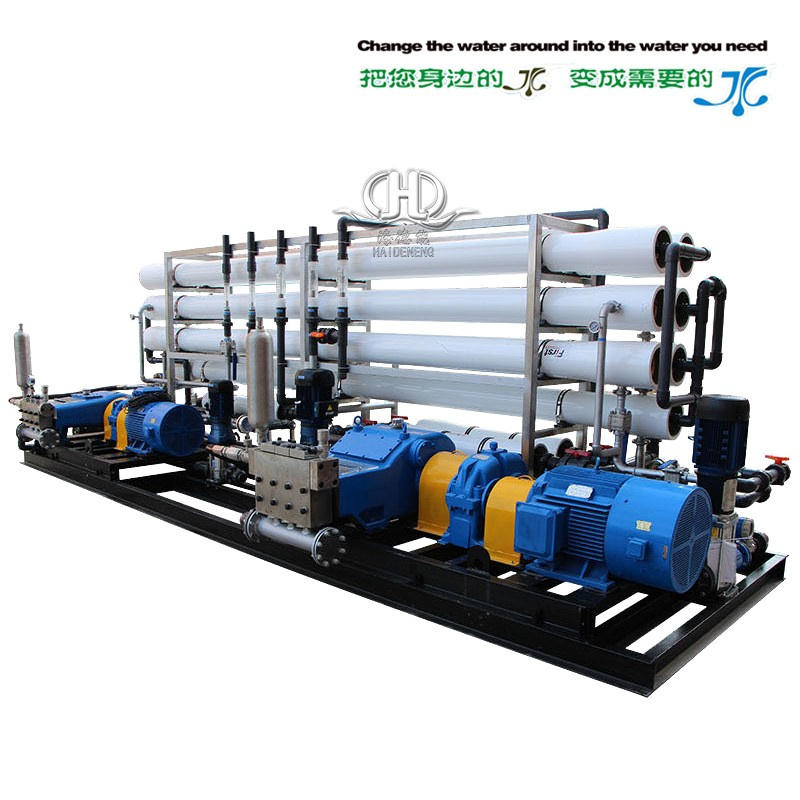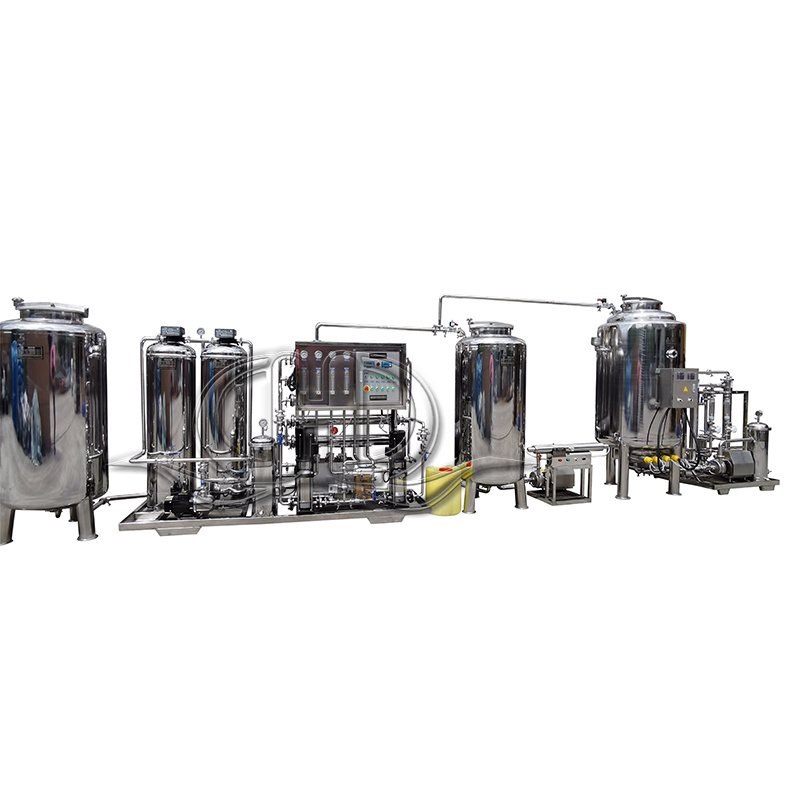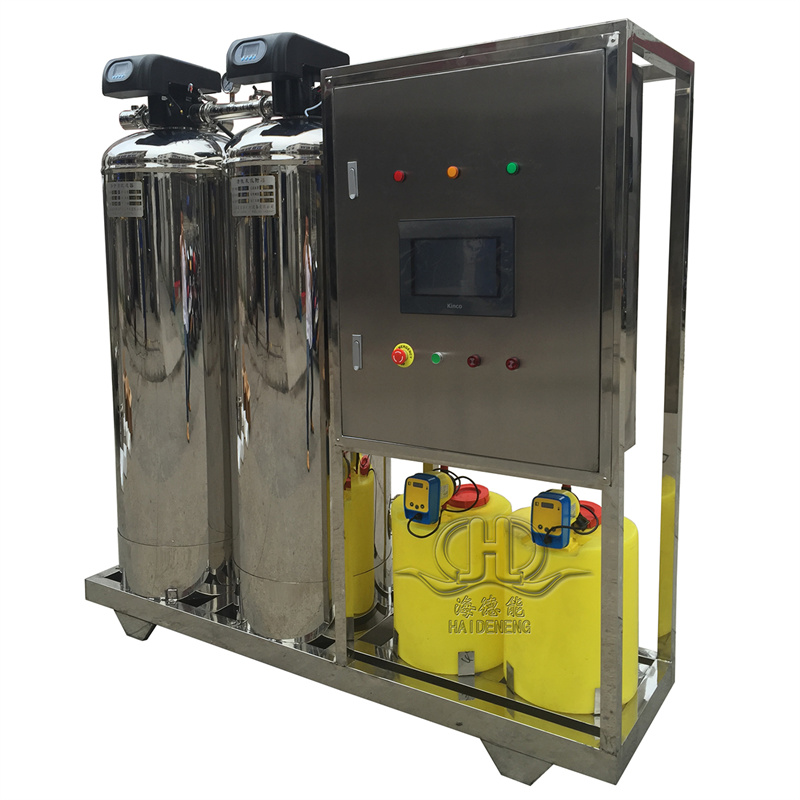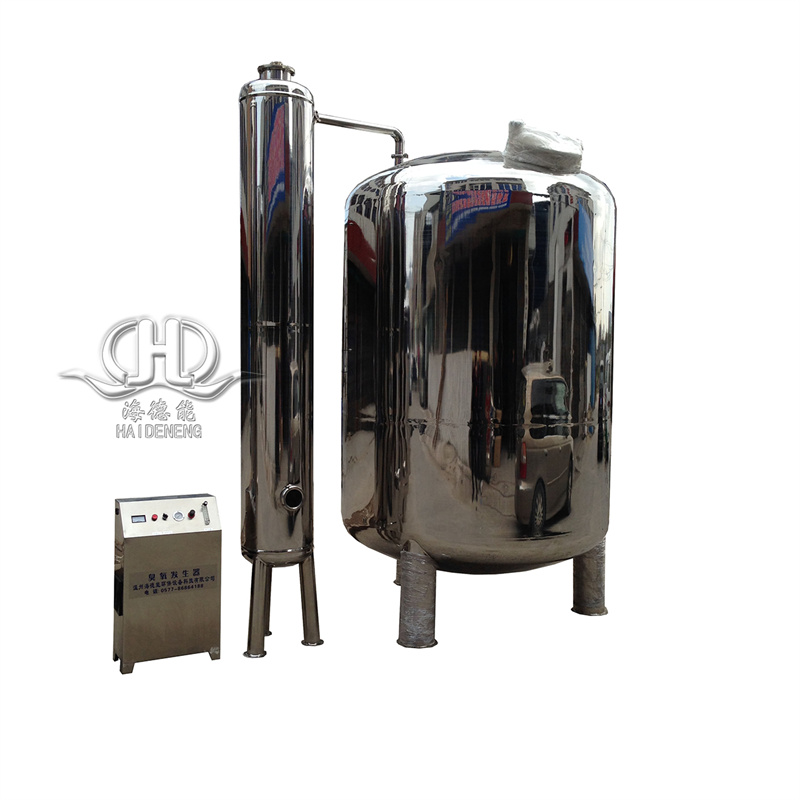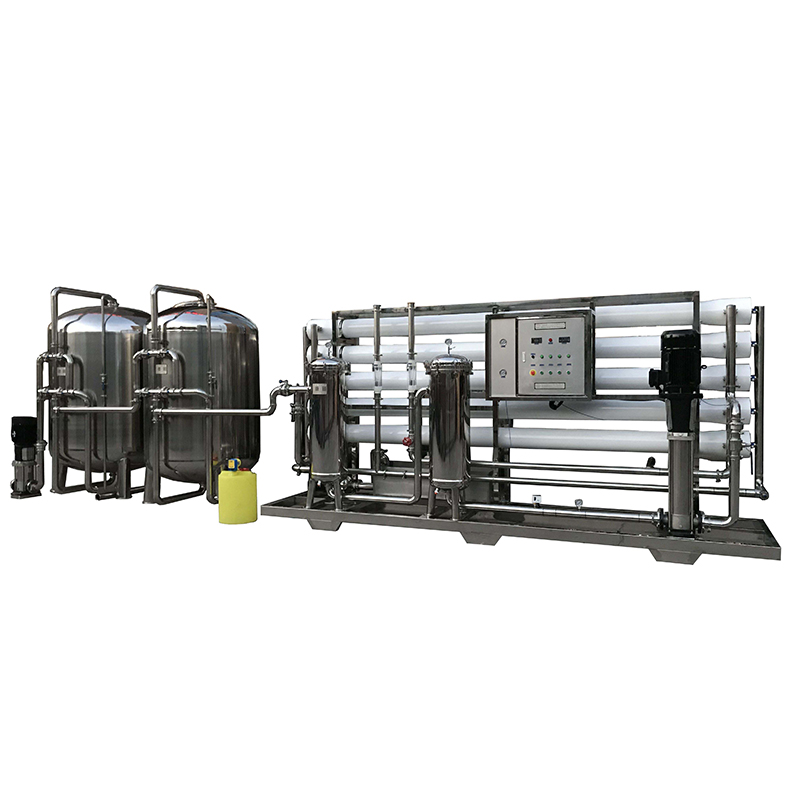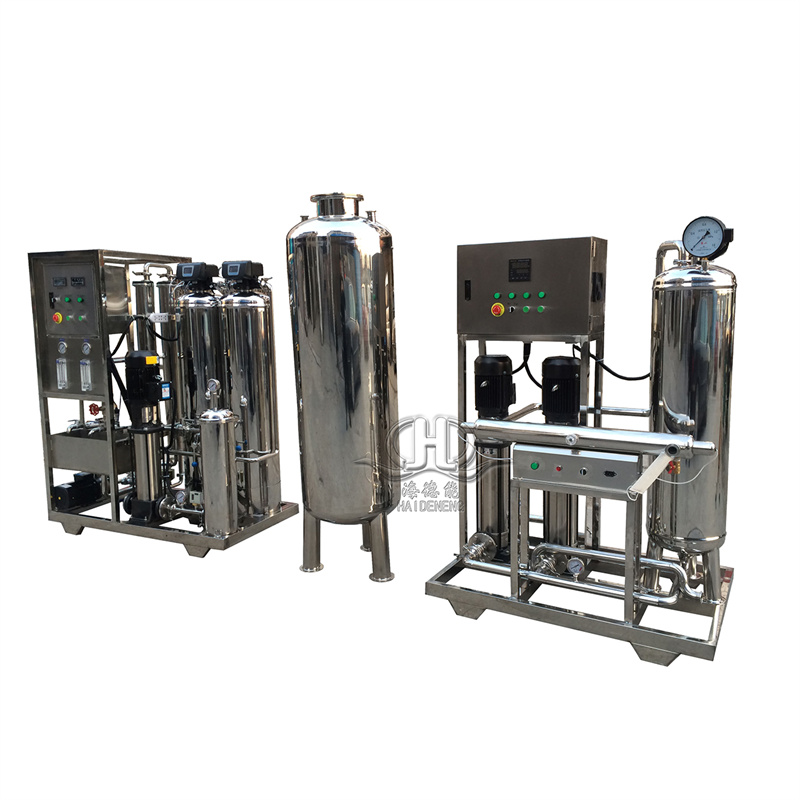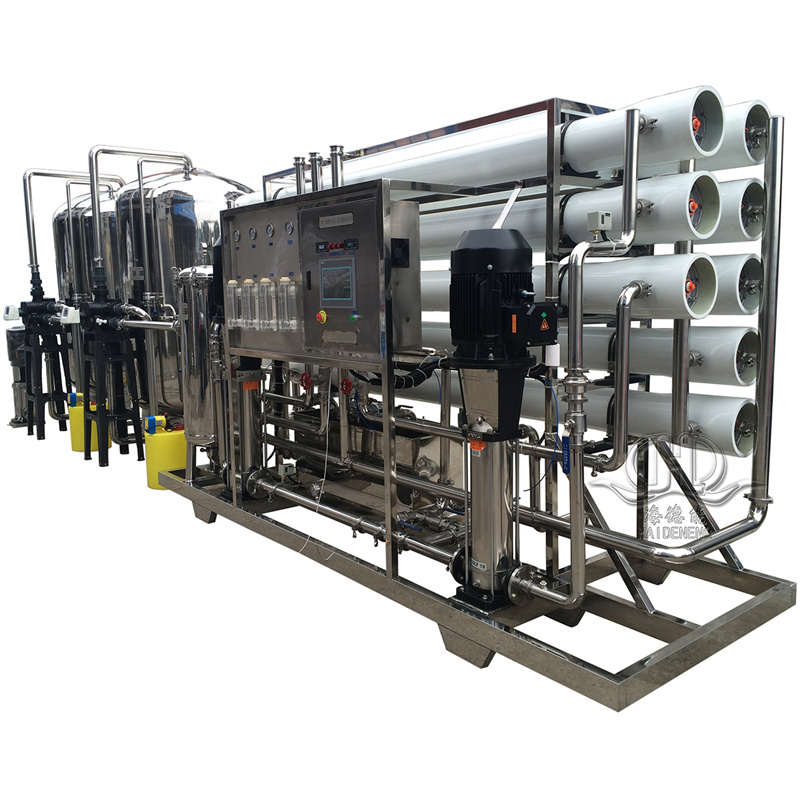Sea water reverse osmosis filter ro system
Specification
SWRO sea water desalination technology
There are different production capacities of SWRO water system,1T/day to 10000T/day, etc.
Main Technical parameters:
Application range: TDS≤35000mg/L;
Recovery rate: 35%~50%;
water temperature range: 5.0~30.0℃
Power: Less than 3.8kW·h/m³
output water quality: TDS≤600mg/Lreach the standard of WHO drinking water standard
Advantages
1. SWRO sea water desalination system can treat the sea water and brackish water into high quality drinking water in line with World Health Organization(WHO) water at one time.
2. Operation is simple,one-button operation to achieve the start and stop of water production.
3. The occupancy area is small,light weight,compact designnice looking appearance, installation and debugging is easy and convenient.
4. Adopt USA Filmtec SWRO membrane and Danfoss high pressure pump
5. Modular design, very suitable for boats.
Description
Currently, advanced international reverse osmosis membrane separation technology is used to produce desalinated and purified water from seawater. Reverse osmosis technology is an advanced water treatment and desalination technology in modern times. Reverse osmosis membranes (liquid separation membranes that utilize the principle of reverse osmosis for separation) are used for separation based on this principle, and some specific characteristics include:Under conditions where there is no phase change at room temperature, solutes and water can be separated, which is suitable for the separation and concentration of sensitive materials.
Compared to separation methods that involve phase changes, it has lower energy consumption.The impurity removal range of reverse osmosis membrane (liquid separation membrane that utilizes the principle of reverse osmosis for separation) separation technology is broad. For example, it is able to separate and remove over 99.5% of heavy metal ions, carcinogens, fertilizers, pesticides, and bacteria in water.It has a high desalination rate (removes ions of both positive and negative charges in water), a high water reuse rate, and is able to intercept solutes with a diameter of several nanometers or larger.Low pressure is used as the membrane separation power, so the separation device is simple, and operation, maintenance, and self-control are convenient, safe and hygienic on-site.
Application factors
(1) When ships are sailing in the ocean, fresh water is an indispensable resource. Once water shortage occurs, it will seriously threaten the lives and safety of the ship and crew. However, due to limited space, the designed load capacity of ships is also restricted, such as the designed load water capacity of a ten thousand ton cargo ship is generally around 350t-550t. Therefore, shipboard fresh water is an important factor that affects the living quality of the crew and the business efficiency of ship navigation. When ships are sailing on the seas, seawater is a resource that is close at hand. Fresh water used on ships through seawater desalination is undoubtedly an effective and convenient approach. Ships are equipped with a set of seawater desalination equipment, and the required fresh water for the entire ship can be produced using very limited space, also increasing the operating tonnage of the ship.
(2)During ocean operations, it is sometimes necessary to stay at sea for a long period of time, making it very inconvenient to supply fresh water resources. Therefore, the new seawater desalination equipment developed by WZHDN is well-suited for use in ocean operations.
Desalination equipment is meticulously analyzed and specially designed according to the local water quality, striving for high efficiency and durability, and ensuring that the desalinated water quality fully meets the national drinking water quality standards, thoroughly solving the drinking water problems of water-scarce areas such as salt lakes and desert groundwater. Due to the differences in groundwater quality in different regions, local water quality analysis reports are used to ensure the design of the most reasonable and economical configuration, achieving the ideal treatment effect.


